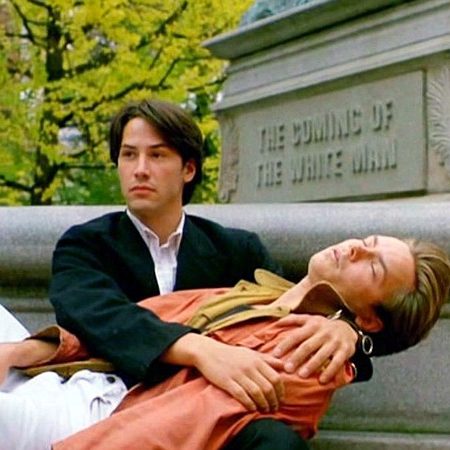
Three years ago I watched Ponyo on a car ride to Walt Disney World with my grade-school-aged cousins. The Wind Rises, taken from a line in a lovely Paul Valéry poem, won’t play in that environment. Set in what T.S. Eliot called years of l’entre deux guerres, Hayao Miyazaki’s Oscar-nominated animated film follows Jiro (voiced by Joseph Gordon-Levitt) who dreams about designing beautiful airplanes. That these airplanes evolve beyond failed prototypes into the masterpieces of elegance that bombed Manchuria, Korea, and, finally, Pearl Harbor is not lost on Miyazaki, whose film accepts the devastating and simple paradox that beautiful things can be used for the express purpose of carnage and subjugation. The problems with The Wind Rises have little to do with its moral politics; the film’s assumptions about gender, even in a film set in the recent past, are more troubling.
As a child at the end of World War I, Jiro thumbs through plane magazines (there are such things?) marveling at the exotic illustrations. An Italian engineer named Caproni, bushy of mustache and a hair’s breath from a mamma mia! cliche, inhabits Jiro’s daydreams. The Wind Rises‘ most startling image occurs in the first ten minutes: a vision of the future in which young Jiro watches as planes drop hundreds of bombs, each writhing and beating like a black human heart. A few years later on the train to the university an earthquake destroys half of Tokyo and its environs. The nanny of Naoko (Emily Blunt), both of whom he’d met on the train, has broken her leg. He returns her safely to their destroyed mansion. The family cannot forget his kindness; Naoko is smitten, although thanks to Miyazaki’s characteristically casual relation to narrative this development has no payoff until later. After graduation a munitions plant hires Jiro and best friend Honjo (John Krasinski). Disgusted with such primitive examples of Japanese technology as a herd of oxen carting a prototype onto the airfield, Jiro persuades his boss, the habitual grouch Kukosawa (Martin Short, funny), to send him to Germany for an education in aerodynamics. In short order he watches the Gestapo chase a young man, no reason given, and their bullying in the hangar when he asks to check out the prototypes.
Two phenomena about The Wind Rises bothered by my audience, all of whom brought kids: its length and the smoking. Jiro and Honjo smoke as much as your grandparents did in 1935, a fact that caused the parents in front of me to audibly gasp. What bothered me in this often marvelous film, as I pointed out, were the script contrivances. A better illustrator and imaginist than writer, Miyazaki re-introduces Naoko as a consumptive, drying out in a sanitarium to which Kukosawa sends Jiro after learning that Japan’s own secret police want a word with him (what it’s about we never learn, and it bothered me). What transpires comes straight from the Metro-Goldwyn Mayer lot; Jennifer Jones could have played Naoko. The film’s most literate touch, though, is a smiling and rather creepy German named Castorp, har har har, to whom Miyazaki assigns dialogue lamenting Japan and Germany’s belligerence. Werner Herzog, providing the voice, can’t help sounding like he stepped out of Dracula’s New Age Retreat. They’re on a magic mountain, you know (Jiro catches the reference, but he’s so absorbed in his designs I’m shocked he knew it). Then the movie stops so that we can watch Naoki and Jiro fall in love, melt Kukosawa’s heart, and Naoko die.
Again and again, Miyazaki’s compositions startle, and it has little to do this time with anthropomorphic touches and pastels. An overhead shot of Jiro and Honjo smoking and eating spongecake. A quick shot of a window through which Jiro hears Schubert’s Winter Song. Ozu-like pillow shots of wires and connectors. The earthquake filmed at the beginning doesn’t rumble; it emits a quiet belch. Castorp crunching on watercress, piled to heaping in a bowl. I’ve read complaints about the film suggesting it shares Jiro’s point of view: he just wants to be left alone to make planes, regardless of consequences. A nightmarish scenario in the last third puts to rest this notion. The guy’s a cad. While Naoko considers returning to the sanitarium, Jiro perfects the design of the Zero. Its secret? Flush rivets. The consequences of his monomania are clear: he might have hastened his wife’s decline, and he contributed to the misery of untold millions.
